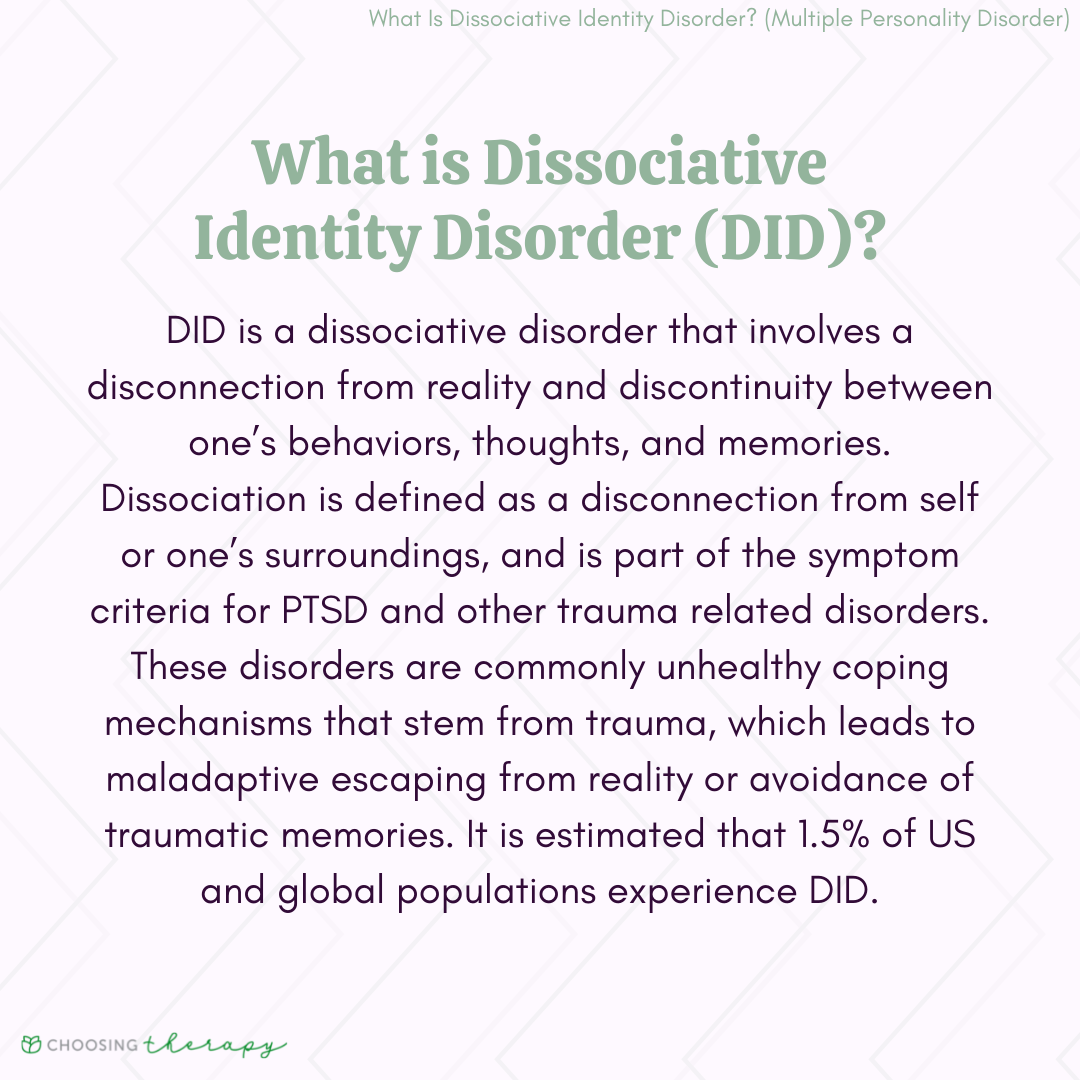Understanding ELD: How English Language Development Empowers Learners in Education
Introduction: The Role of ELD in Today’s Schools
English Language Development, commonly referred to as ELD , is a specialized approach in education designed to help students whose primary language is not English. ELD programs aim to build students’ proficiency across speaking, listening, reading, and writing, enabling them to access the same academic opportunities as their peers. This article explores what ELD means in education, why it’s important, and how families and educators can support English learners in their journey.
What Does ELD Mean in Education?
At its core, ELD refers to a structured set of instructional strategies and courses that develop English language skills for students identified as English Learners (ELs) or English Language Learners (ELLs). ELD instruction focuses on:
- Building proficiency in listening, speaking, reading, and writing
- Teaching academic vocabulary and language structures necessary for classroom success
- Supporting social and cultural understanding in an English-speaking environment
ELD is also known by other terms such as English as a Second Language (ESL), English for Speakers of Other Languages (ESOL), or English as a New Language (ENL) [1] . The terminology may vary by region, but the purpose remains consistent: to help students acquire the language skills needed for both academic and everyday success.
Key Components of ELD Instruction
Effective ELD instruction is both intentional and systematic. It is designed specifically to meet the unique needs of English learners and is usually delivered in two main formats:
1. Designated (or Targeted) ELD
This is a dedicated time during the school day when English learners receive explicit instruction focused on English language development. The curriculum is aligned to state or district ELD standards, and the instruction addresses specific language skills at the student’s current proficiency level. The primary goal during this time is language growth, with content learning as a secondary focus [3] .
2. Integrated ELD
In integrated ELD, English language development is woven into subject-area instruction throughout the day. Teachers use strategies that help ELs understand and use English while learning grade-level academic content. This instructional model ensures that students are not only developing language skills but are also able to participate in core subjects alongside their peers [5] .
Stages of English Language Development
ELD is a process that recognizes the unique backgrounds and starting points of each learner. Research identifies five stages of second language acquisition:
- Beginning (silent/receptive)
- Early production
- Speech emergence
- Intermediate fluency
- Advanced fluency
Educators assess students’ proficiency using standardized tools and tailor instruction to help them progress through these stages [2] . Progression is continuous, and each student advances at their own pace based on exposure, instructional support, and individual motivation.
Why Is ELD Important?
ELD is critical for ensuring that English learners are able to fully participate in school and beyond. Without targeted support, ELs may fall behind academically due to language barriers. ELD programs help bridge this gap, offering the following benefits:
- Academic Success: By developing English language skills, students gain access to curriculum, assessments, and enrichment activities.
- Social Integration: ELD supports participation in school life, extracurriculars, and peer relationships.
- Long-Term Opportunities: Proficiency in English opens doors to higher education, career advancement, and civic engagement.
States such as California require both designated and integrated ELD for all English learners, reflecting a commitment to educational equity [5] .
How Schools Implement ELD Programs
Implementation of ELD varies by state and school district, but there are common elements:
- Assessment: Schools identify ELs through language proficiency assessments. Annual testing helps measure students’ growth and determine when they have reached proficiency.
- Curriculum and Standards: ELD instruction follows state-adopted standards, such as the California English Language Development Standards or WIDA Standards in many states [4] .
- Instructional Models: Teachers may use pull-out, push-in, co-teaching, or sheltered instruction models, depending on resources and student needs.
- Professional Development: Ongoing training ensures teachers are equipped with research-based strategies to support English learners.
Example: California’s Approach
California law requires ELD for all English learners at all proficiency levels. Students receive both integrated ELD in subject-area classes and designated ELD in focused, small-group instruction. The amount of time varies by student proficiency, but instruction is expected to be comparable to other core subjects [5] .
Steps for Families: How to Access ELD Support
Families play a crucial role in supporting their child’s language development. If you think your child could benefit from ELD services, consider the following steps:
- Contact Your School: Reach out to the main office or the English Learner coordinator to inquire about ELD programs and eligibility assessments.
- Request Assessment: Ask about the process for language proficiency testing if your child is new to the school or has not been assessed.
- Review Placement: Discuss your child’s assessment results and placement decisions with staff. Schools should explain the instructional services offered and how progress will be measured.
- Engage with Teachers: Attend parent-teacher conferences and ask for updates on your child’s language development and academic progress.
- Support at Home: Encourage reading, conversation, and language-rich activities in both English and your home language to reinforce learning.
If you need more information, your local school district website or the district’s English Learner department can provide guidance. Many districts offer translated materials and interpretation services to assist families.
Challenges and Solutions in ELD Implementation
Despite its benefits, ELD programs face challenges such as limited resources, varying teacher expertise, and balancing language development with content learning. Solutions include:

Source: madebyteachers.com
- Professional Learning: Ongoing teacher training in ELD strategies and cultural responsiveness improves instructional quality.
- Collaborative Planning: Content and ELD teachers can co-plan lessons to integrate language objectives into academic subjects.
- Family Engagement: Schools can offer workshops, translated communications, and family liaisons to build trust and encourage involvement.
- Use of Technology: Digital resources and language-learning apps can supplement classroom instruction, especially for remote or blended learning environments.
Some schools also partner with community organizations to provide after-school tutoring and mentorship for English learners.
Alternative Approaches to ELD
While ELD is the most common model, schools may use alternative approaches based on student population and resources. Bilingual education programs, for example, allow students to learn in both their native language and English. Dual language immersion programs promote bilingualism and biliteracy for all students. Families should ask their school about the options available and the research supporting each model.

Source: gyngenyeestudyquizz.z14.web.core.windows.net
Key Takeaways
English Language Development (ELD) is a structured educational approach that empowers English learners to thrive academically and socially. By focusing on both language and content, ELD programs help ensure educational equity. Families and educators working together can maximize students’ opportunities for success. If you are seeking ELD services, contact your local school or district office, request language assessment, and engage regularly with your child’s teachers. For further guidance, visit your district’s official website or search for “English Learner Programs” on your state’s Department of Education site.
References
- ColorÃn Colorado (2019). English Language Development (ELD) definition and overview.
- HMH (2024). What Is English Language Development (ELD)?
- New Mexico Public Education Department (2024). English Learner FAQ.
- North Carolina Department of Public Instruction (2021). ESL/Title III Program and ELD Standards Glossary.
- San Diego County Office of Education (2014). English Learners and ELD requirements.
MORE FROM oncecoupon.com













